Your car battery is the unsung hero of every journey, quietly powering your drives and igniting the spark that gets your engine roaring to life. Yet, like any hardworking companion, it has its limits—and understanding how to extend its life can save you from unexpected breakdowns and costly replacements. In this article, we’ll explore practical tips and everyday habits that help preserve your car battery’s vitality, making sure it stays charged and ready for the road ahead. Whether you’re a daily commuter or a weekend adventurer, these insights will keep your battery—and your travels—running smoothly.
Table of Contents
- Choosing the Right Battery for Longevity
- Maintaining Optimal Charge Levels
- Protecting Your Battery from Extreme Temperatures
- Minimizing Electrical Drain During Idle Periods
- Regular Inspection and Cleaning Tips
- Smart Driving Habits to Preserve Battery Health
- Q&A
- Closing Remarks
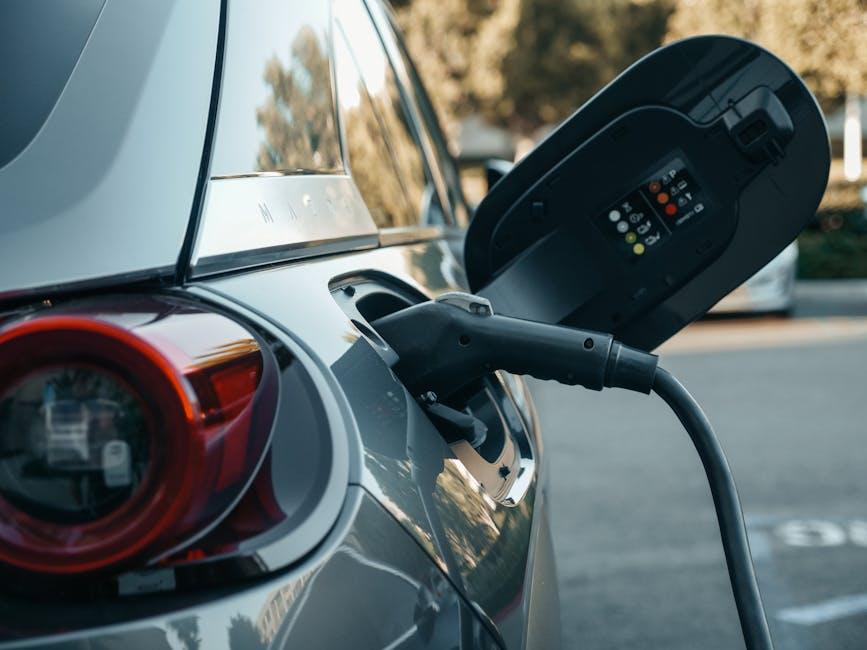
Choosing the Right Battery for Longevity
Ensuring your vehicle is equipped with a battery designed for durability is crucial when aiming to maximize its lifespan. Focus on selecting batteries that boast high-quality components and advanced technologies like absorbed glass mat (AGM) or enhanced flooded batteries (EFB). These types are engineered to handle modern vehicle demands and provide superior resistance to deep discharges. Additionally, pay attention to the battery’s Cold Cranking Amps (CCA), especially if you live in colder climates, where a higher CCA rating guarantees reliable starts even in freezing weather.
Moreover, choosing the right battery involves considering your vehicle’s specifications and usage patterns. Compact cars often perform best with lighter, standard batteries, while trucks and SUVs benefit from more robust, high-capacity batteries. Here’s a quick reference table to help identify the ideal choice based on vehicle type and climate:
| Vehicle Type | Recommended Battery Type | Ideal Climate | Key Feature |
|---|---|---|---|
| Compact Car | Standard Flooded | Mild to Warm | Affordability |
| SUV/Truck | AGM or EFB | Cold or Extreme | Durability & Performance |
| Hybrid/Electric | AGM | All Climates | High Cycle Life |
- Match specifications: Always check your owner’s manual for battery recommendations.
- Prioritize warranty: Longer warranties often indicate better build quality.
- Consider maintenance: Maintenance-free options reduce hassle and prolong life.
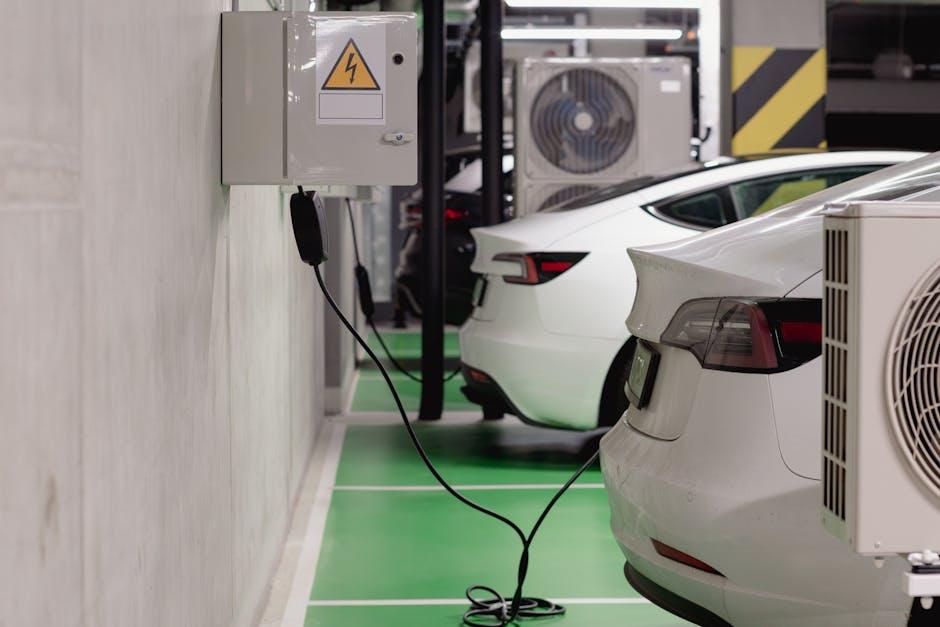
Maintaining Optimal Charge Levels
One of the most effective ways to preserve your car battery’s longevity is by keeping its charge within an optimal range. Avoid letting the battery drain completely, as deep discharges can cause irreversible damage to the cells. Conversely, overcharging can lead to excessive heat buildup and corrosion. To maintain balance, consider using a smart charger or battery maintainer, especially if your vehicle is not driven frequently. These devices regulate the charging process automatically, ensuring the battery stays healthy without risk of damage.
Consistent monitoring of your battery’s voltage levels can prevent unexpected failures. A simple voltmeter or a built-in car diagnostic tool can help you track battery health. Aim to keep the voltage between 12.4 and 12.7 volts when the engine is off, which indicates a fully charged battery. Below is a quick reference table to help you understand your battery’s charge status:
| Voltage | Charge Level | Suggested Action |
|---|---|---|
| 12.7V – 12.9V | Fully Charged | Maintain current charging habits |
| 12.4V – 12.6V | Moderate Charge | Charge soon to avoid deep discharge |
| Below 12.4V | Low Charge | Immediate recharge recommended |
- Avoid short trips that don’t allow the battery sufficient time to recharge.
- Use your vehicle regularly to keep the battery active and healthy.
- Keep terminals clean to ensure efficient energy flow.
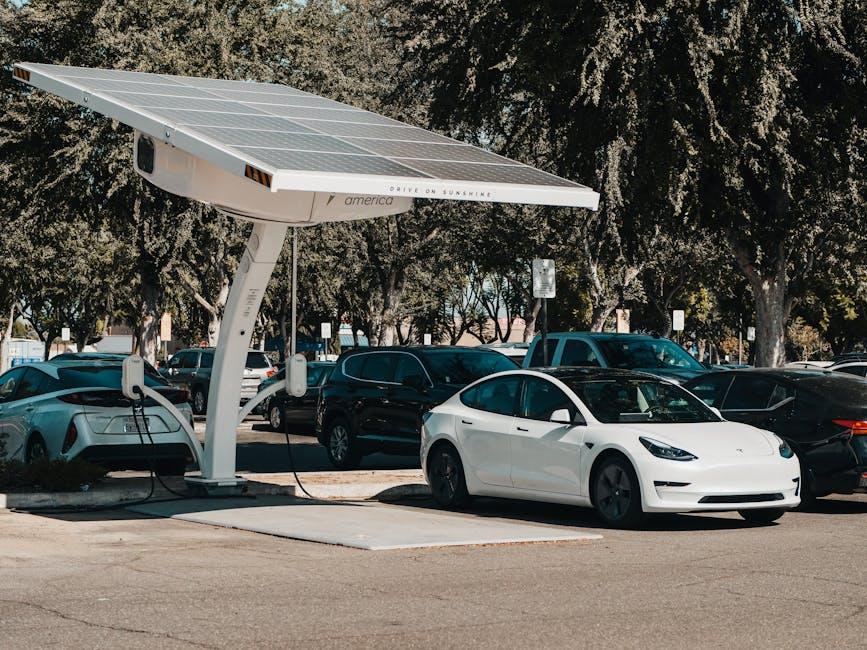
Protecting Your Battery from Extreme Temperatures
Extreme temperatures can wreak havoc on your car battery’s performance and lifespan. When the mercury drops, the cold thickens the battery’s electrolyte, reducing its ability to generate power. Conversely, scorching heat accelerates chemical reactions inside the battery, leading to faster degradation and fluid evaporation. To keep your battery in peak condition, consider parking in shaded or garage spaces during summer and insulated or heated garages in winter. Using a battery blanket or insulation wrap can provide an extra layer of defense against harsh climates.
Simple maintenance habits also go a long way in protecting your battery under temperature stress. Keep terminals clean and tight to prevent corrosion, and monitor charge levels more frequently since extreme temperatures can cause unexpected power drops. For those in areas with wide temperature swings, investing in a high-quality, temperature-resistant battery can offer durability and peace of mind.
- Winter Care: Use battery warmers or thermal wraps
- Summer Protection: Park in cool, shaded areas
- Regular Checks: Clean and inspect terminals monthly
- Battery Upgrade: Opt for batteries rated for extreme climates
| Temperature | Effect on Battery | Recommended Action |
|---|---|---|
| Below 32°F (0°C) | Reduced capacity, slow starts | Use thermal insulation |
| Above 95°F (35°C) | Accelerated wear, fluid loss | Park in shade, regular inspections |
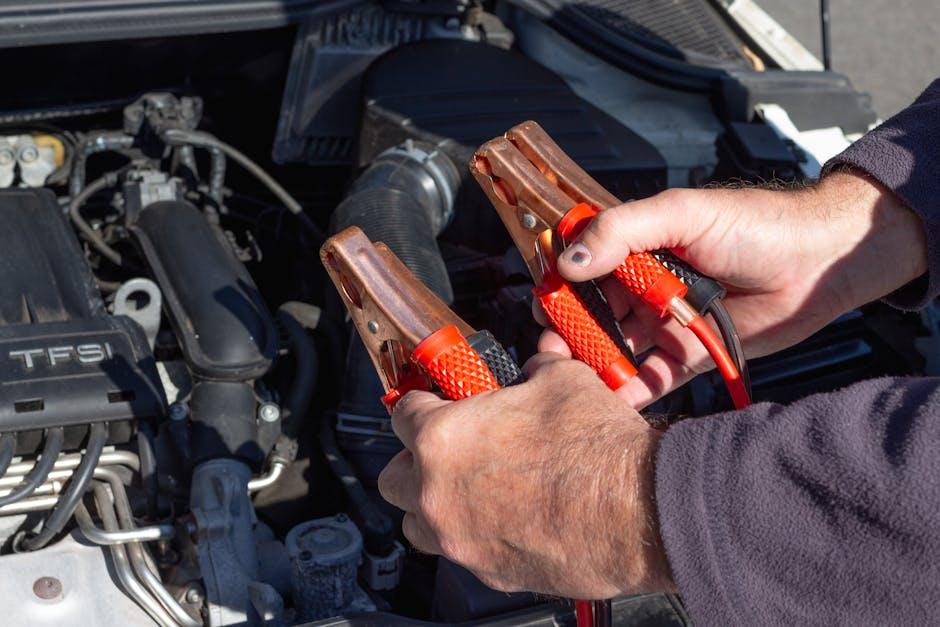
Minimizing Electrical Drain During Idle Periods
When your vehicle sits unused for extended periods, the electrical system continues to draw power, slowly depleting the battery. Devices like the clock, alarm system, and onboard computer all require a minimal flow of electricity even when the car is off. To combat this invisible drain, it’s essential to disconnect unnecessary gadgets and consider unplugging accessories like phone chargers, dash cams, or GPS units. Taking these simple steps can significantly slow down battery discharge and maintain a healthier charge over time.
Another practical approach is to periodically start and run the engine or use a battery maintainer. This injects fresh charge and helps keep the battery cells active. Below is a quick guide to help you assess idle electrical drain sources in your vehicle:
- Factory-installed electronics: Clock, ECU, security systems
- Aftermarket devices: Radios, phone chargers, GPS trackers
- Lighting: Interior courtesy lights, illuminated switches
| Idle Power Consumer | Average Drain (mA) | Mitigation Tip |
|---|---|---|
| Security system | 25-50 | Check and update system or disable if unnecessary |
| Radio memory | 10-20 | Leave factory settings, avoid aftermarket devices |
| Phone charger | 50-100 | Unplug when idle |
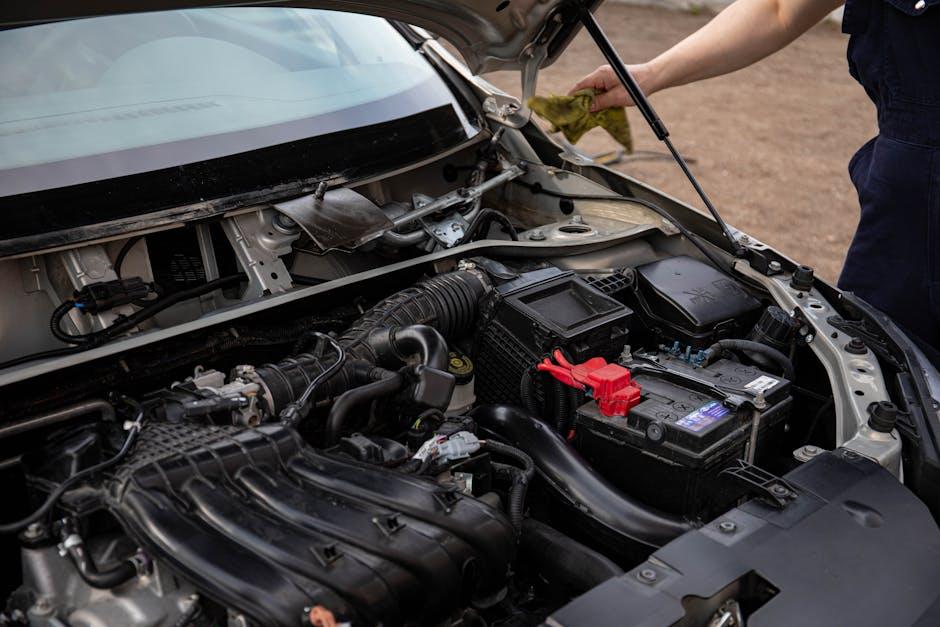
Regular Inspection and Cleaning Tips
Ensuring your car battery remains in peak condition involves a proactive routine of inspection and cleaning. Start by visually scanning the battery terminals for any signs of corrosion—those white or bluish-green flakes can severely impede electrical flow. Use a mixture of baking soda and water to gently scrub the terminals with a toothbrush, then rinse with clean water and dry thoroughly. Don’t forget to check the battery casing for cracks or bulges, which can indicate internal damage. Also, secure the battery firmly in its tray to avoid vibrations that accelerate wear.
Regular maintenance also means keeping an eye on the battery’s water levels, especially if it’s a conventional type with removable caps. Refill distilled water to the recommended level when needed to avoid exposing the plates. To simplify your checks, here’s a handy reminder table for routine inspection tasks:
| Inspection Task | Frequency | Tools Needed |
|---|---|---|
| Check for corrosion | Monthly | Baking soda, toothbrush, gloves |
| Test battery voltage | Every 6 months | Multimeter |
| Inspect casing and terminals | Monthly | Visual check |
| Refill distilled water | Quarterly | Distilled water, funnel |
- Wear gloves and safety glasses to protect yourself from acid.
- Disconnect the negative terminal first to avoid short circuits.
- Keep the battery clean and dry to prevent rust and electrical issues.

Smart Driving Habits to Preserve Battery Health
Maintaining your car battery’s vitality isn’t just about what’s under the hood—it’s deeply connected to how you drive. Avoiding frequent short trips can make a significant difference since your battery needs adequate running time to recharge fully. Consistent, moderate driving distances help replenish the battery’s charge more effectively than stop-and-go errands, which often leave it undercharged. Additionally, try to minimize idle time; excessive idling wastes power and doesn’t give your alternator a chance to keep the battery robust.
Another smart habit is managing your electrical loads wisely. Using high-drain devices like heated seats, stereo systems, or headlights when the engine isn’t running draws heavily on the battery. When driving, remember to turn off unnecessary electrical components to reduce battery stress. Keep in mind these easy habits:
- Limit use of accessories when parked
- Turn off extra lights during the day
- Avoid prolonged use of AC at idle speed
- Schedule regular battery and alternator health checks
| Driving Behavior | Battery Impact |
|---|---|
| Short Frequent Trips | Prevents full recharge, shortens battery life |
| Long Consistent Drives | Enhances charge retention and battery health |
| Excessive Idling | Drains battery without recharging |
| Electrical Load Management | Reduces unnecessary drain, prolongs battery life |
Q&A
Q&A: How to Extend Your Car Battery Life
Q1: Why does my car battery lose power faster than expected?
A1: Car batteries can lose power prematurely due to factors like extreme temperatures, frequent short trips, leaving electrical components on while the engine is off, and natural aging. Corrosion on terminals and poor maintenance also play roles in reducing battery life.
Q2: What are the best habits to protect my car battery daily?
A2: Simple habits can make a huge difference: turn off all lights and accessories when the engine isn’t running, avoid extremely short trips that don’t allow the battery to fully recharge, and keep your battery clean and secure to prevent corrosion and vibration damage.
Q3: How can I prevent corrosion on my battery terminals?
A3: Corrosion appears as a white or bluish powder and impedes electrical flow. To prevent it, clean the terminals with a mixture of baking soda and water periodically, apply a thin layer of petroleum jelly or terminal protector spray, and ensure the battery clamps are tight and free of moisture.
Q4: Does temperature affect battery performance?
A4: Yes! Cold weather slows down the chemical reactions inside your battery, leading to weaker starts, while extreme heat accelerates fluid evaporation, causing damage. Parking in a garage during harsh weather and using battery insulators can mitigate these effects.
Q5: How often should I check my car battery?
A5: Inspect your battery at least twice a year, ideally before winter and summer. Look for signs of damage, check terminal cleanliness, and test its charge with a voltmeter or during routine vehicle maintenance.
Q6: Can I do anything to extend battery life beyond good maintenance?
A6: Yes, consider investing in a battery maintainer or trickle charger if your car isn’t used frequently. These devices keep the battery at optimal charge without overcharging, especially helpful for seasonal or infrequently driven cars.
Q7: When should I replace my car battery?
A7: Most batteries last between 3 to 5 years. Signs it’s time for a replacement include slow engine cranking, dim headlights, frequent jump-starts, and a swollen or leaking battery case. Regular testing helps catch these issues early.
Q8: Does upgrading to a different type of battery help?
A8: Upgrading to a higher-quality battery, such as AGM (Absorbent Glass Mat) over a conventional lead-acid type, can enhance durability and performance, especially in modern vehicles with high electrical demands.
Extending your car battery’s life is all about understanding its needs and treating it with care—like any living thing, a little attention goes a long way!
Closing Remarks
In the journey of car ownership, your battery is often the silent hero powering every start, every drive, every destination. By adopting simple habits—like keeping terminals clean, avoiding extreme temperatures, and minimizing unnecessary electrical load—you can significantly stretch the life of this essential component. Remember, a well-cared-for battery not only saves you money but also keeps your vehicle ready for the road ahead. So give your battery the attention it deserves, and it will reward you with reliability mile after mile.


5 Comments
lcw3c0
lcw3c0
jzu31q
qrmak2
aakjml